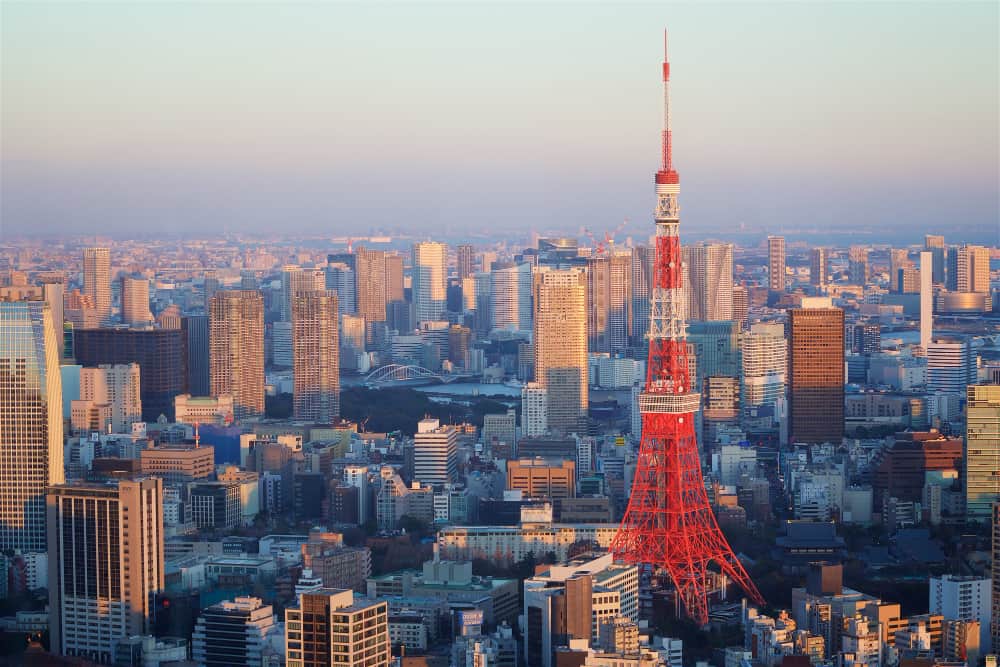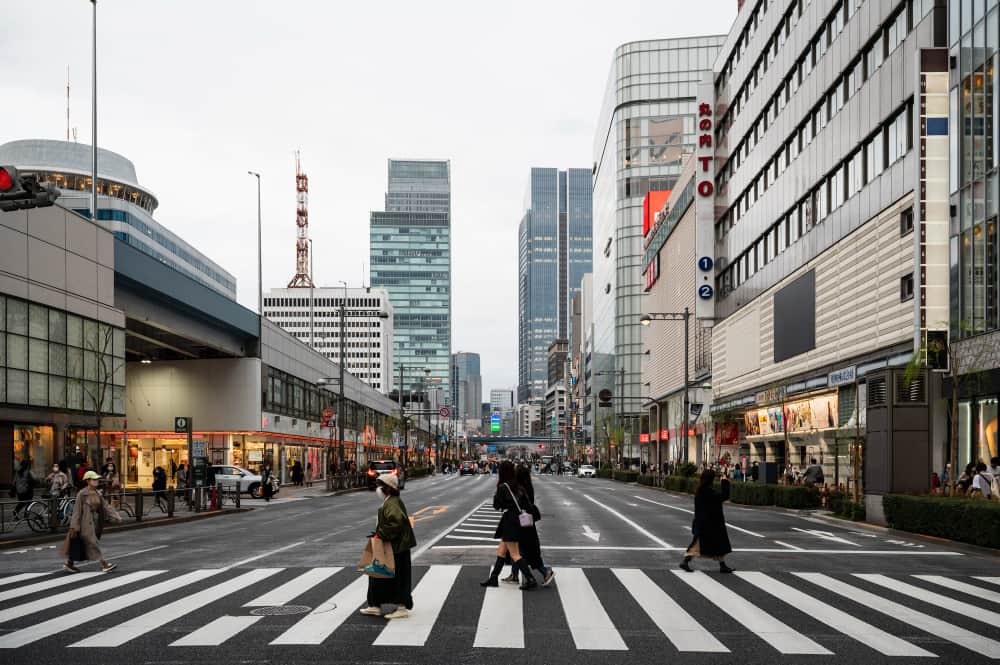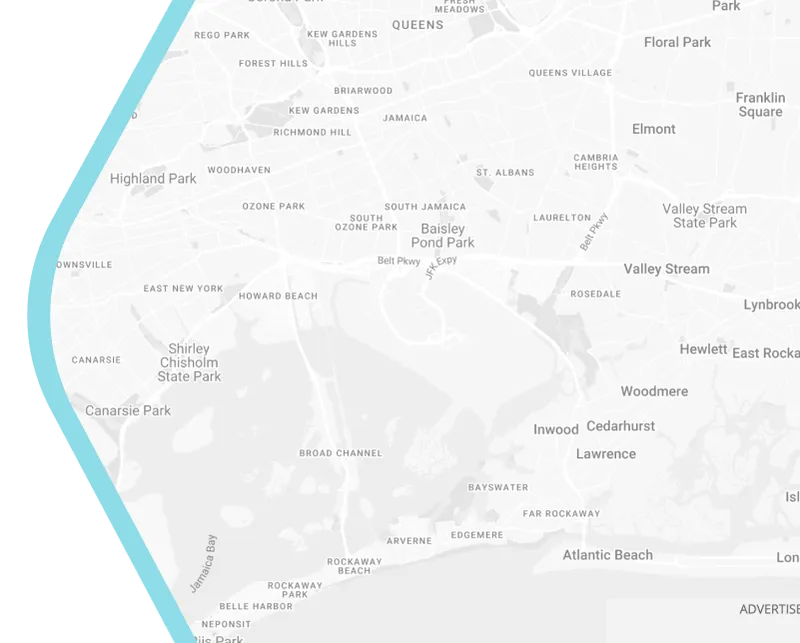
How Tokyo Built the World’s Most Earthquake-Resistant Underground Utilities Network
Beneath Tokyo’s neon-lit streets lies a hidden marvel of urban resilience: a labyrinth of utility tunnels engineered to withstand earthquakes that would cripple most cities. When the Great East Japan Earthquake struck in 2011, skyscrapers swayed like metronomes, yet water pipes held steady, power grids stayed online, and gas lines refused to rupture. This wasn’t luck – it was the culmination of decades of seismic innovation, born from Japan’s painful history with tectonic violence. In a metropolis where 40 million people live atop three colliding tectonic plates, Tokyo’s underground network isn’t just infrastructure; it’s a silent guardian against catastrophe.
The Seismic Time Bomb Beneath a Megacity
Tokyo’s relationship with earthquakes is etched in collective memory. The 1923 Great Kantō earthquake reduced 45% of the city to ash and claimed 140,000 lives. For urban planners, the lesson was brutal: traditional shallow utility networks – water mains, gas pipes, electrical conduits – became deadly liabilities when the ground convulsed. As the city rebuilt, engineers faced a chilling reality: Tokyo endures 150 detectable tremors yearly, with a 70% probability of a magnitude 7+ quake hitting before 2050. The solution demanded radical rethinking: utilities couldn’t just sit beneath streets; they needed to float within them, isolated from the earth’s fury.
Engineering the Unbreakable Deep Tunnel Network
The breakthrough came from emulating nature. Just as pagodas survive quakes by swaying independently of their foundations, Tokyo’s utilities now "float" inside shock-absorbing tunnels bored 40-60 meters underground – far deeper than New York’s (10m) or London’s (20m) networks. These aren’t mere conduits but multi-layered ecosystems:
- Seismic isolation joints: Flexible couplings allow pipes to shift 1.5 meters laterally during tremors.
- Liquefaction-resistant bedding: Crushed volcanic rock backfill prevents soil from turning to liquid.
- Modular segmentation: Sections seal autonomously if ruptured, containing failures like submarine bulkheads.
The crown jewel is the Metropolitan Outer Area Underground Discharge Channel – a 6.3 km cathedral-like tunnel system with 59 massive pillars supporting utilities, capable of enduring acceleration forces exceeding 1.2 G.
The AI Nervous System Monitoring Every Pulse
Resilience isn’t just about strength; it’s about anticipation. Tokyo’s network functions like a living organism, with 22,000 sensors tracking vibrations, pressure, and corrosion in real-time. AI algorithms analyze decades of quake data to predict stress points, while autonomous inspection robots – resembling mechanical centipedes – crawl through pipes nightly. During the 2021 Fukushima tremor, these systems triggered micro-shutdowns in vulnerable zones within 0.3 seconds, preventing cascading failures. As Dr. Kenji Satake, Tokyo University seismologist, notes: "We’re not building static infrastructure anymore. We’re creating adaptive systems that learn from every tremor."
Disaster-Proofing Lessons for Global Cities
Tokyo’s approach offers actionable insights for cities worldwide:
- Depth over density: Burying critical utilities below liquefaction zones costs 30% more upfront but reduces recovery costs by 300%.
- Public-private symbiosis: Tokyo mandates developers fund utility resilience in new projects through "disaster mitigation bonds."
- Simulate to innovate: Digital twins of the network run 5,000 quake scenarios annually, refining designs.
Cities like Los Angeles and Istanbul now adopt Tokyo-inspired "seismic utility corridors," while Chile’s Santiago uses its flexible joint technology.

The Future Beneath Our Feet
Tokyo’s engineers aren’t resting. Next-gen projects include shape-memory alloy pipes that "heal" after deformation and electromagnetic dampers converting quake energy into usable electricity. As climate change amplifies seismic risks, the city’s underground fortress evolves – not as a static shield, but as a dynamic, learning system. For urban planners worldwide, Tokyo’s lesson is clear: true resilience isn’t about resisting the earth’s power, but dancing with it.
Key Takeaways for Urban Developers
- Prioritize adaptive depth: Critical utilities belong below 30m in seismic zones.
- Embrace sensor ecosystems: Real-time AI monitoring prevents 80% of quake-induced failures.
- Mandate resilience financing: Tokyo’s developer-funded model ensures sustainable investment.
